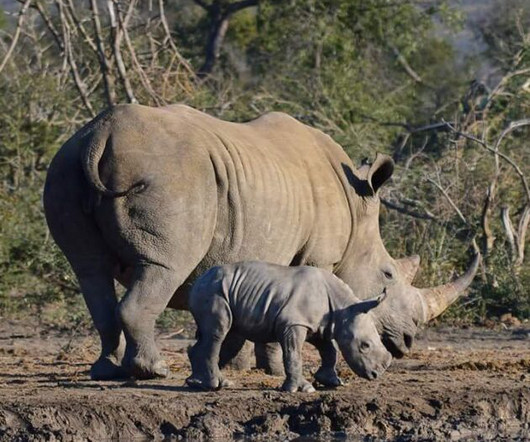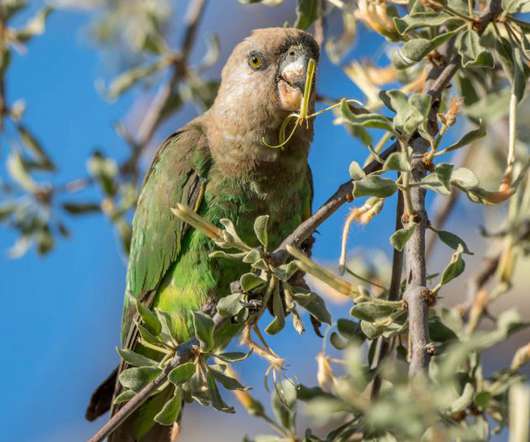Kinabatangan – Borneo’s Mighty River
10,000 Birds
JULY 16, 2014
The two star attractions for most tourists are Asian Elephants and Bornean Orangutans. I dipped on the elephants, but the river certainly delivered for orangutans. A Rhinoceros Hornbill ! Kinabatangan is therefore a popular place, both for tourists in general and for birders specifically. Orangutans never get old. What a bird!












Let's personalize your content